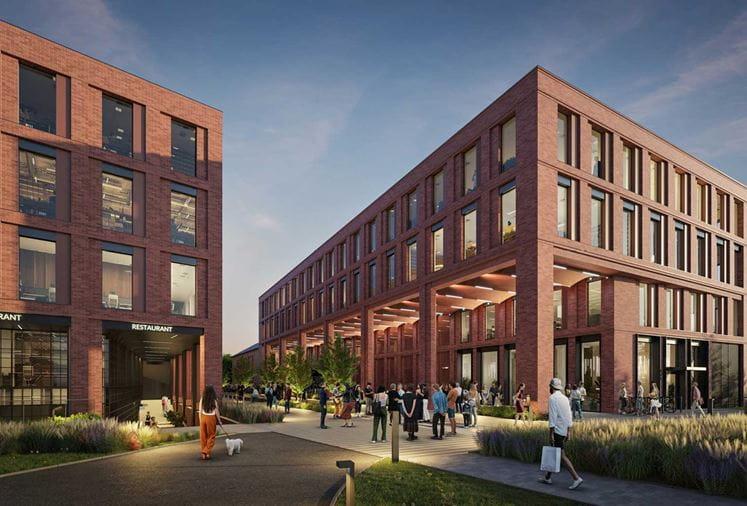Polish mixed-use projects enter maturity phase with focus on flexibility and community needs
Poland’s mixed-use real estate market has reached a new stage of maturity, evolving beyond the traditional combination of offices, retail, and services into more complex and flexible developments. These projects are increasingly tailored to the needs of local communities while addressing the challenges of sustainable urban development, according to the latest report by Colliers, Mixed-use 2.0: Adapting Projects to Changing Needs.
Mixed-use projects are gaining momentum in Poland’s large cities, where efficient urban space utilization is a growing priority. The majority of existing facilities are located in urban (63%) and inner-city (32%) areas, with 89% of new developments also concentrated in these zones. Colliers reported a 40% increase in mixed-use projects under construction since 2022, with supply expected to grow steadily in the coming years.
Revitalized historic buildings play a pivotal role in these projects, with 95% of existing or partially completed developments incorporating such elements as of Q3 2024. This integration of heritage with modern structures provides both aesthetic and sustainable advantages.
Anna Radecka-Łysiak, Associate Director in Colliers’ Retail Department, highlights the challenges developers face: “Creating a mix of functions that meets user needs and complements the city’s landscape is critical for achieving timeless and sustainable investments. Authenticity and individual identity are also key in fostering a sense of belonging.”
While existing mixed-use projects are predominantly retail- and office-focused, new developments are increasingly prioritizing residential and hotel functions. Colliers attributes this shift to changing societal preferences, driven in part by the COVID-19 pandemic and the growing popularity of “15-minute cities” that emphasize proximity to essential services.
Currently, two-thirds of mixed-use projects include residential components, with all developments under construction featuring premium housing options. Residential spaces not only cater to changing lifestyles but also provide financial stability for developers by supporting early-stage funding and generating consistent demand for onsite retail, dining, and services.
Office spaces remain a key element of mixed-use projects but are being reimagined as part of larger urban ecosystems. Flexible designs and features that promote health and well-being are becoming standard. Tenants increasingly seek offices equipped with smart technologies, such as automated lighting, air quality sensors, and energy management systems. Certifications like LEED, BREEAM, and WELL are now common, reflecting sustainability priorities.
Offices integrated with retail, services, and recreational spaces enhance the overall appeal of mixed-use developments, offering a comprehensive work-life balance for employees.
Catering remains a cornerstone of mixed-use projects, accounting for 36% of the tenant mix. Unique dining concepts and food halls, such as Food Town at Norblin Factory and Powiśle Power Station, have successfully attracted both locals and tourists. However, market saturation poses risks, as seen with the closure of Food Hall PZO in Warsaw.
Retail offerings are also becoming more specialized, with an emphasis on artisanal and premium brands. While the share of retail tenants decreased from 27% in 2022 to 24% in 2024, this shift reflects a qualitative improvement aimed at creating unique customer experiences.
The share of services in mixed-use projects has more than doubled between 2022 and 2024, increasing from 5% to 10%. Health and beauty services experienced the largest growth, while sectors such as real estate, tourism, and medical services are also expanding. The medical services sector, in particular, is forecasted to grow by 8-10% annually, with a strong concentration in Warsaw and other major cities.
Entertainment, though a smaller component at 5%, remains integral to the multidimensional appeal of mixed-use projects. These offerings go beyond traditional retail and services, creating vibrant spaces that attract diverse customer groups.
Poland’s mixed-use projects are redefining urban development by integrating residential, office, retail, and recreational spaces in ways that respond to evolving community needs. With a focus on sustainability, flexibility, and user-centric design, the sector is poised for continued growth and innovation, setting a benchmark for urban development across Europe.
Source: Colliers









